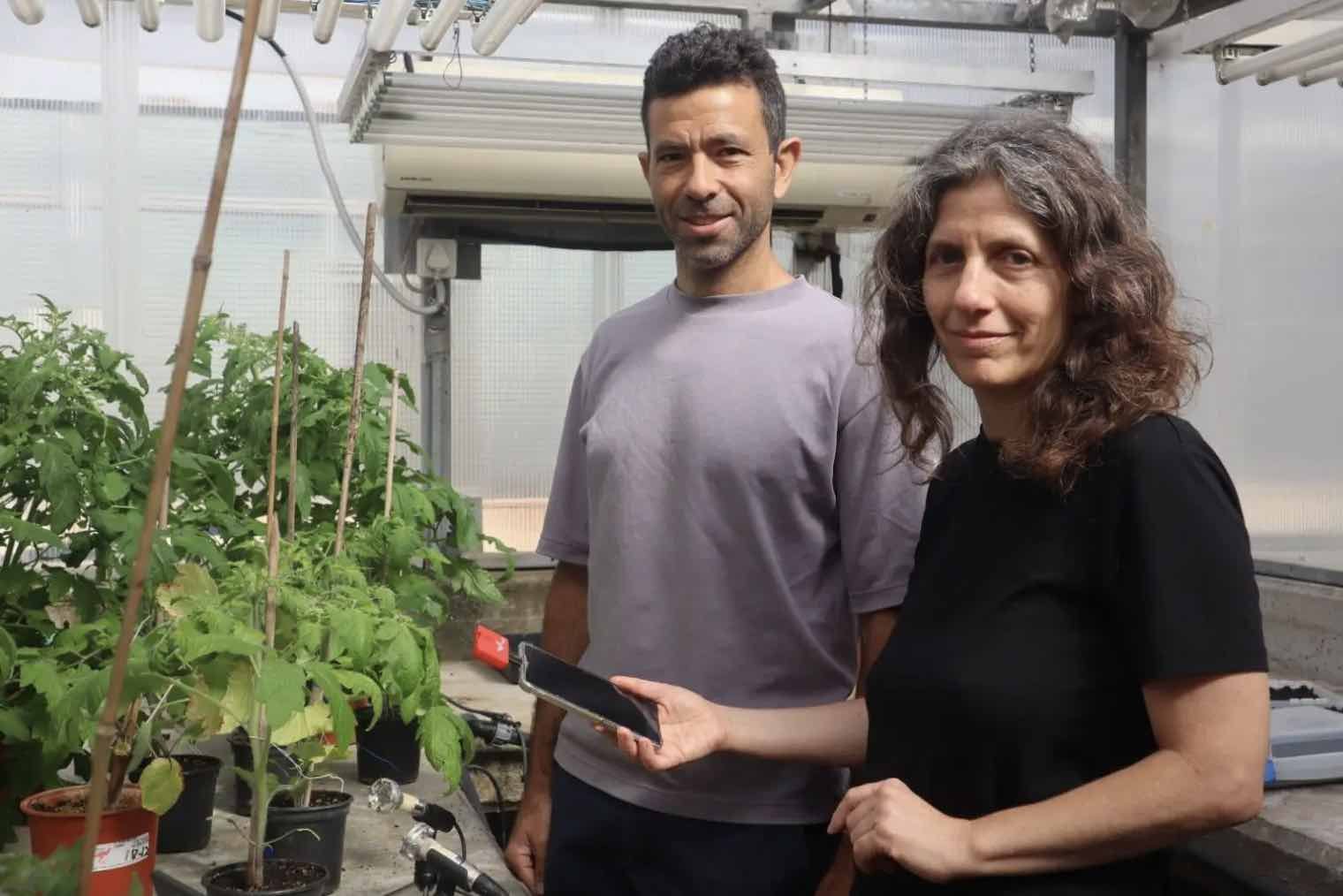Researchers at Tel Aviv University say they have successfully recorded and analyzed ultrasonic airborne sounds produced by plants under stress, which appear to reveal a variety of plant communication capable of conveying its type and condition, according to findings detailed in a new paper.
The researchers report that clicking noises produced by plants are emitted at a volume similar to human speech, although at frequencies high enough to extend beyond normal human hearing. Certain animals may be able to perceive these sounds as well, which the researchers say can be identified with specific varieties of stress the plants may undergo.
The Secret Life of Plants
As far back as 1811, botanist James Tupper presented the idea that plants possessed at least some degree of sensation in his An Essay on the Probability of Sensation in Vegetables. Similar ideas would surface again in the works of Gustav Fechner and, almost a century after Tupper’s work, in the experiments of Jagadish Bose, who attempted to measure electrical responses produced by plants. Around the same time, Thomas G. Gentry’s Intelligence in Plants and Animals argued that some animals, as well as a few plants, appeared to “display intelligence and thus have souls.”
By the mid-1960s, some of the earliest claims involving rudimentary forms of communication employed by plants surfaced with the work of Cleve Backster, a CIA interrogation specialist who claimed that he was able to detect distress produced by plants in the form of changes in electrical resistance when they were damaged. Incredibly, Backster even claimed to observe these subtle changes when plants were merely threatened with harm, a phenomenon he labeled “primary perception.”


Backster’s ideas, like those before him, were largely discounted by the scientific community as fringe concepts, likened to claims of extra-sensory perception and other purported paranormal phenomena. However, scientists do recognize a range of sensory capabilities exhibited by plants, which include the ability to sense light, contact with other organisms, vibration, the influence of gravity, and even odors.
It may be possible that some of the phenomena observed in early work by those like Backster, while misinterpreted as displays of consciousness or communication, had at least been correct in the sense that plants are capable of a greater degree of perception than once realized, which modern studies in plant physiology have helped reveal.
However, recent research published by scientists at Tel Aviv University now seems to show that the production of sounds, as well as rudimentary forms of plant communication, could be well within the range of capabilities the flora around us displays.
The Sounds of Our Silent Neighbors
According to the Tel Aviv University study’s authors, plants were found to emit sounds when under various kinds of stress. Remarkably, the varieties of plants, as well as the kinds of stress they were under, could be discerned based on the high-frequency sounds they produced.
“While imperceptible to the human ear, the sounds emitted by plants can probably be heard by various animals, such as bats, mice, and insects,” the study’s authors said in a statement.
Led by Professor Lilach Hadany with the university’s School of Plant Sciences and Food Security at the Wise Faculty of Life Sciences, the team consisting of Yossi Yovel, Head of the Sagol School of Neuroscience and faculty member at the School of Zoology and the Steinhardt Museum of Natural History, and several students and other researchers at Tel Aviv University published their results in Cell on March 30, 2023.


Hadany cites past studies involving the use of vibrations recorded from plants, which the Tel Aviv team found also produced airborne soundwaves. The question on the researchers’ minds, however, was whether these soundwaves could be recorded over a distance, an issue that several past studies had addressed but never answered.
“Our study addressed this question, which researchers have been debating for many years,” Hadany said.
Distress Signals Found in Plant Communication?
To test their theory, the researchers placed several species of tomato, tobacco, wheat, cactus, and other plants within an acoustic container in an isolated space registering no background noise. Around each plant, ultrasonic microphones capable of registering frequencies beyond the maximum ranges detectable by the human ear were placed.
Prior to their placement within their acoustically controlled containers, Hadany says each was subjected to various treatments that would induce different kinds of stress. Some weren’t watered for several days, others had been pruned, and others were left alone. The varying conditions of each plant at the time they were placed in their containers had been used to gauge the different kinds of responses each specimen might produce.
During the study, the researchers observed the plants producing sounds at frequencies ranging from 40 to 80 kilohertz.
“Unstressed plants emitted less than one sound per hour, on average,” Hadany said, while plants exhibiting stress from injury or dehydration “emitted dozens of sounds every hour.”
Additionally, the Tel Aviv research team used artificial intelligence to help distinguish between the various kinds of plants, as well as the sounds they made.
“We developed machine learning models that succeeded in identifying the condition of the plants, including dehydration level and injury, based solely on the emitted sounds,” the authors wrote in their recent paper.
“These informative sounds may also be detectable by other organisms,” they added, noting that their work “opens avenues for understanding plants and their interactions with the environment and may have [a] significant impact on agriculture.”
Plant Communication Unraveled with Help from AI
The researchers also found that the sounds produced by the plants in their study could still be distinguished when placed in settings like greenhouses, where more ambient background noise existed, with the help of AI algorithms. Based on their findings, sounds produced by plants within greenhouse settings appeared to rise until reaching a particular “peak” point, after which the sounds diminished.
For Hadany, the team’s study has more than settled the question of whether plants are capable of producing sounds.


“Our findings suggest that the world around us is full of plant sounds,” Hadany said in a statement, adding that the sounds are not merely random productions by the plants around us; they convey specific information about the condition of the plants in question.
“We assume that in nature the sounds emitted by plants are detected by creatures nearby,” Hadany said, “that can hear the high frequencies and derive relevant information.”
“We believe that humans can also utilize this information, given the right tools,” he adds.
“Apparently, an idyllic field of flowers can be a rather noisy place,” Hadany also mused.
“It’s just that we can’t hear the sounds!”
The team’s recent paper, “Sounds emitted by plants under stress are airborne and informative,” appeared in the journal Cell and can be read in its entirety online.
Micah Hanks is the Editor-in-Chief and Co-Founder of The Debrief. He can be reached by email at micah@thedebrief.org. Follow his work at micahhanks.com and on Twitter: @MicahHanks.

